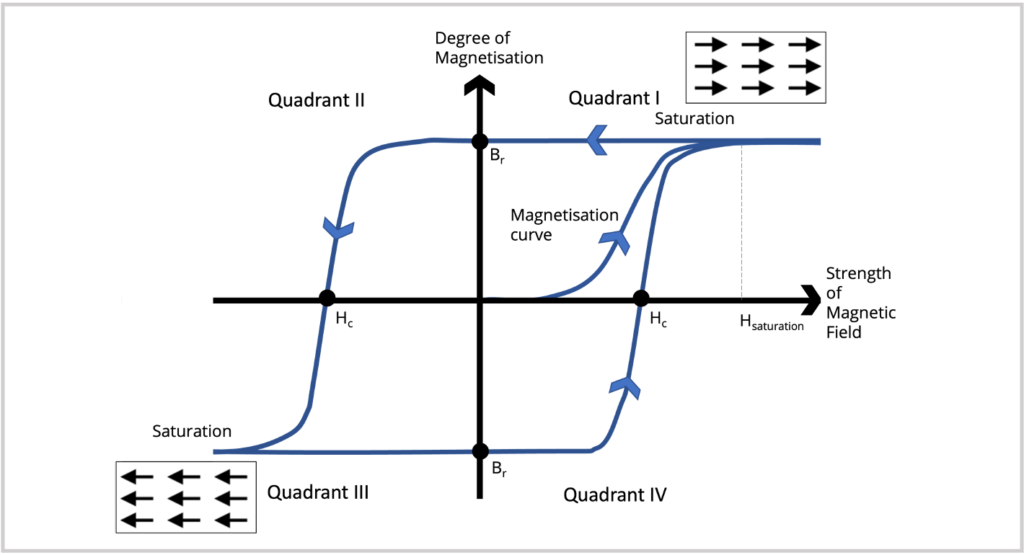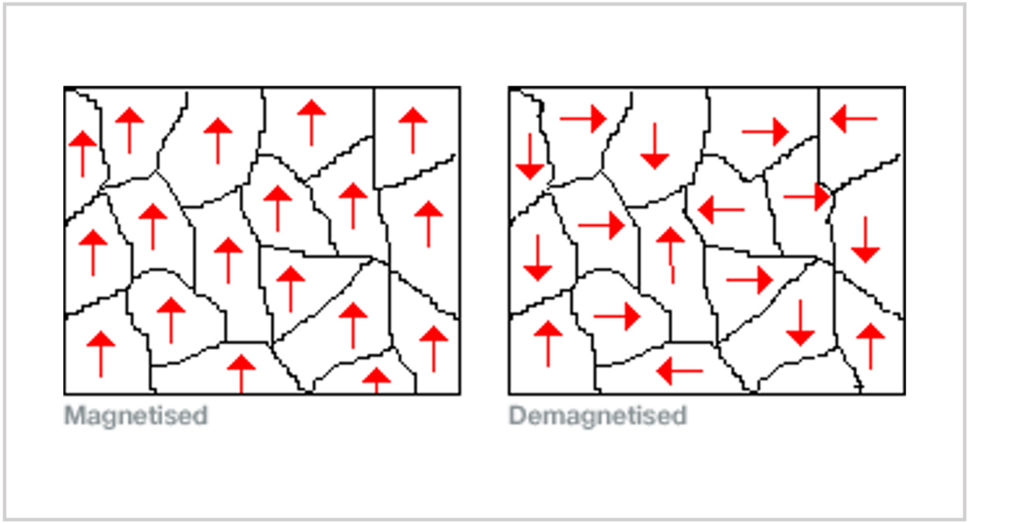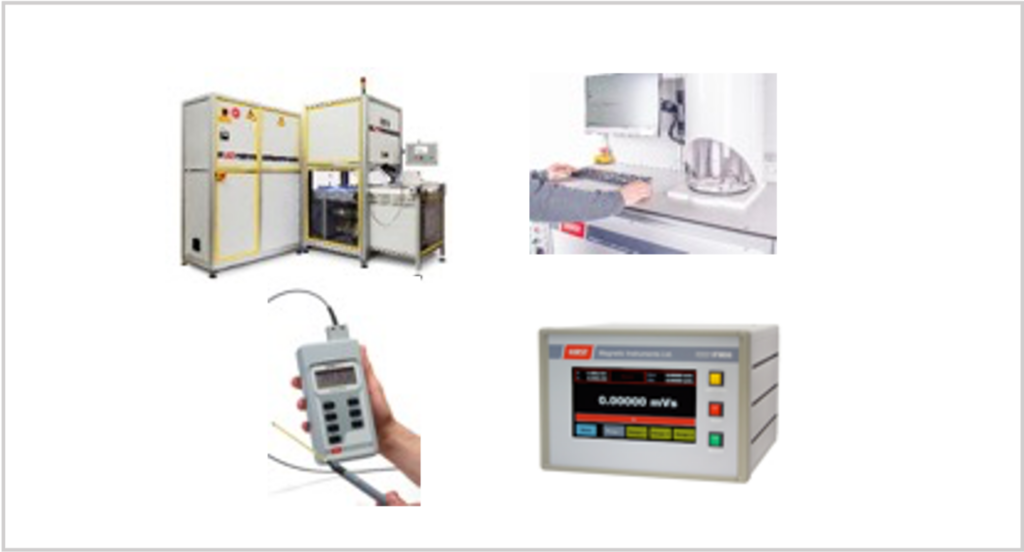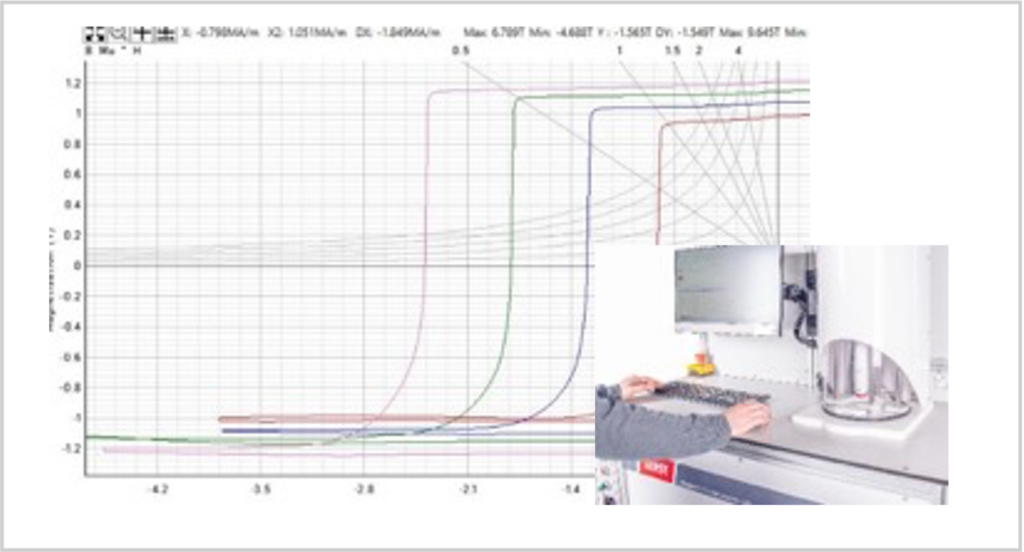
Principles of Magnetisation
The basics of magnetisation and how Hirst uses a capacitive discharged approach coupled with microprocessor control to deliver 100J to over 400kJ magnetiser energies. Building on its experience from the 1960s to present day to deliver some of the best performing and reliable magnetisers on the market.

Magnet calibration
The basics of magnet calibration and setting plus an over view of Hirst’s range of MCSD systems (Magnetiser Calibrator Setter Demagnetiser) are designed for knockback and the precision setting and calibrating of permanent magnets.

Principles of demagnetisation
Materials capable of holding magnetisation can be considered to be many separate domains each acting as a tiny magnet. When a material is magnetised these “tiny magnets” are all aligned in the same direction.
To demagnetise an item the objective is to totally randomise these “tiny magnets” so they all point in different directions.

Hirst Technology and patents
Hirst Magnetic Instruments has been active in providing solutions for 60 years in magnetics and magnetic measurement. Other than a lot of know how and experience developed along the way the company has an extensive patent and trademark portfolio.


Pulsed field magnetometry
The Pulsed-Field Magnetometer (PFM) is an internationally recognised standard device for the complete characterisation of modern magnetic materials. The PFM is an accurate and reliable magnetometer suitable for the scientific investigation of high performance magnet materials. The fast measurement also makes the PFM the ideal tool for bulk testing, i.e. in quality assurance applications.
